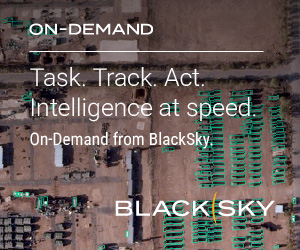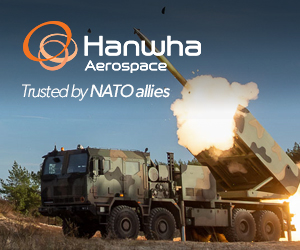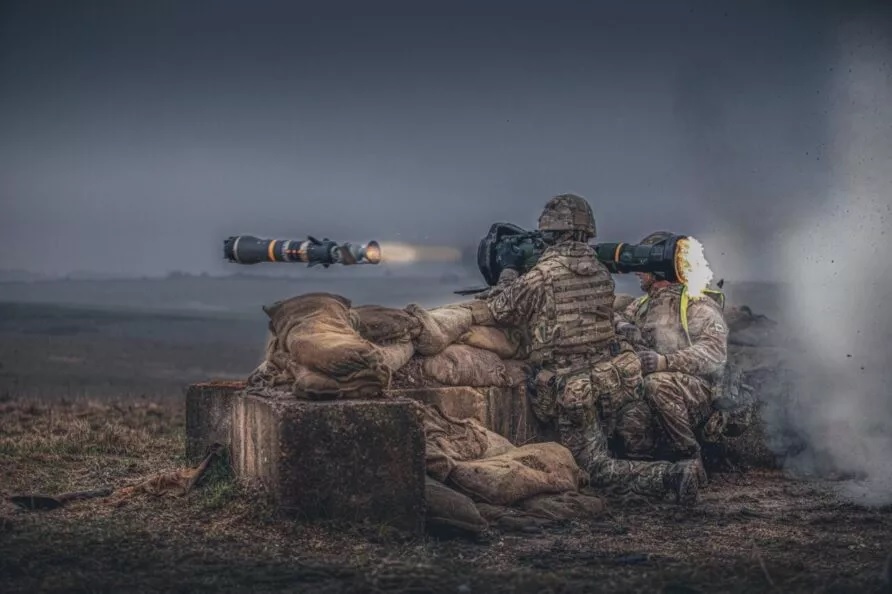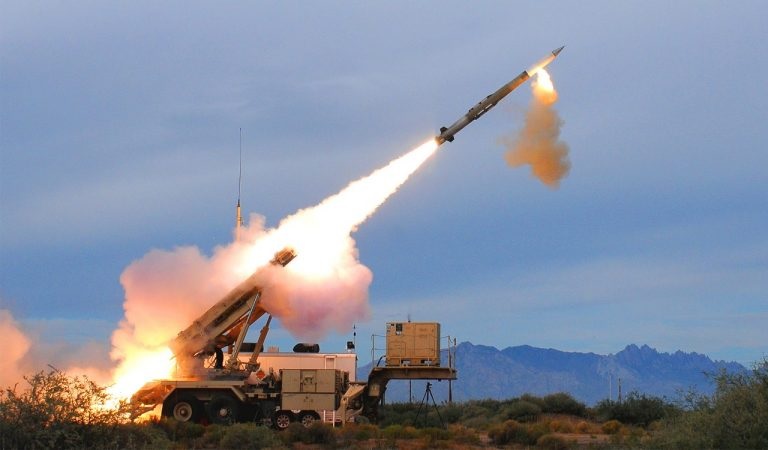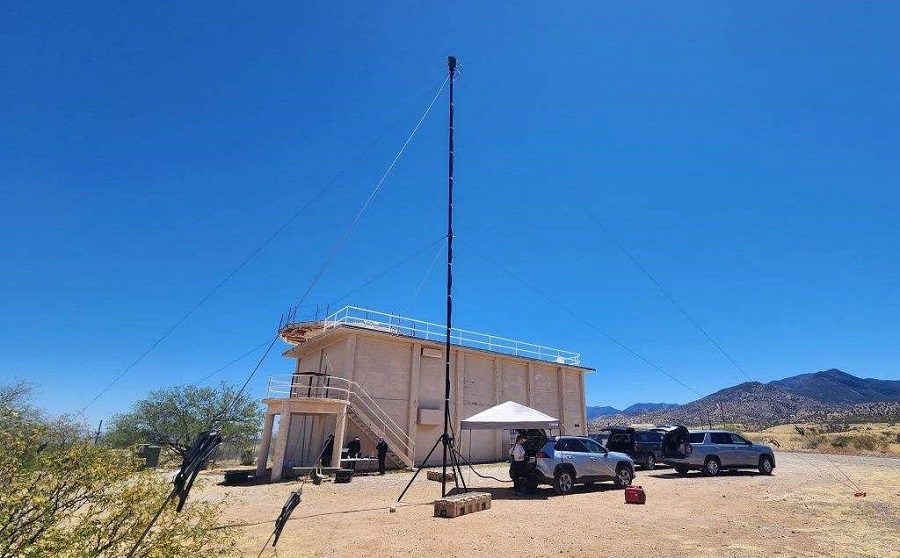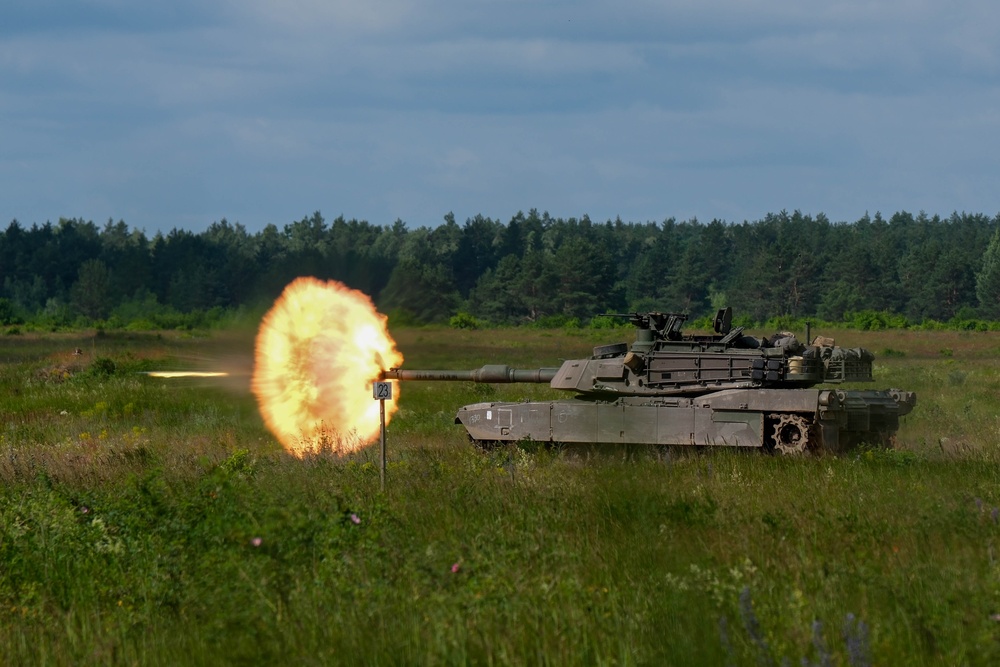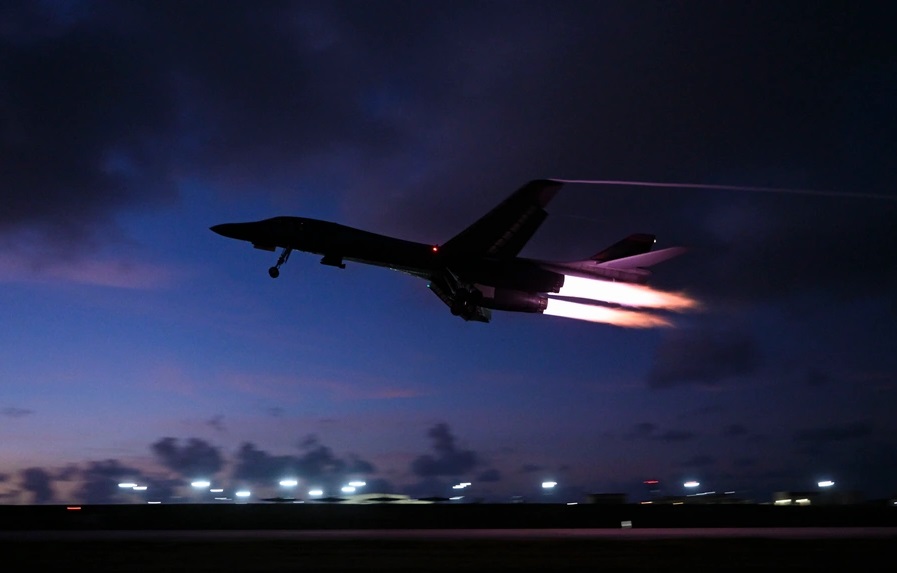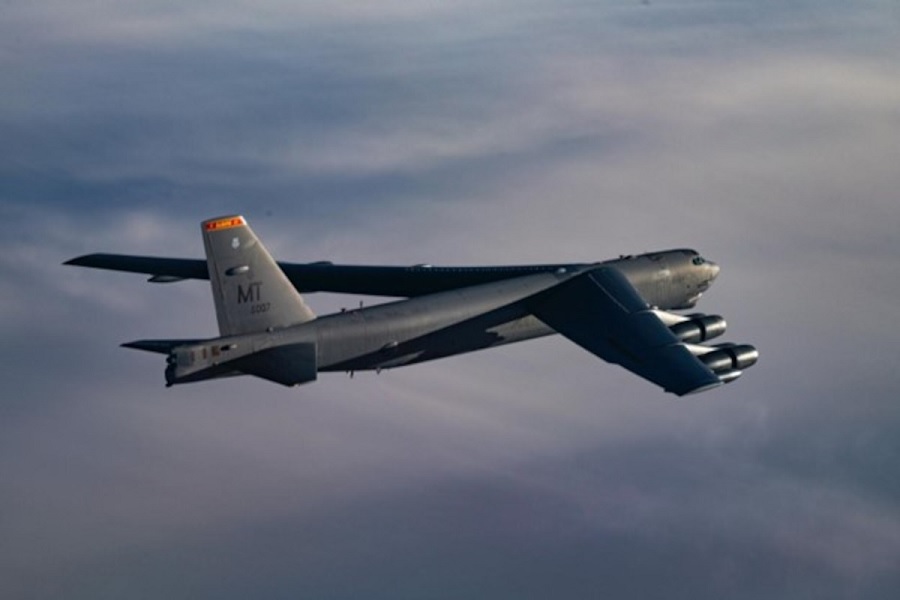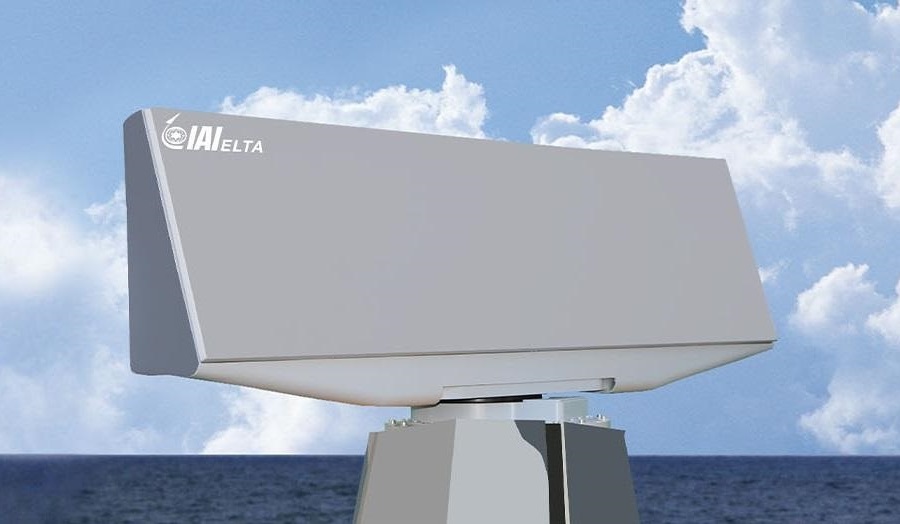The tests aimed to assess the performance of the KuRFS radar and Coyote Block 2 and Block 3 systems against fast-moving, manoeuvrable unmanned aircraft systems (UAS) as part of the Low, Slow, Small-Unmanned Aircraft Integrated Defense System (LIDS).
KuRFS, a 360-degree persistent radar, excelled by detecting and tracking a swarm of drones, while the Coyote system successfully engaged and defeated both single and multiple UAS threats, demonstrating improved response times.
Raytheon highlighted the importance of software upgrades to both systems, further enhancing their ability to detect and neutralise evolving UAS threats.
Raytheon, a division of RTX, has successfully demonstrated the capabilities of its Ku-band Radio Frequency Sensor (KuRFS) and Coyote systems during the U.S. Army’s summer tests at Yuma Proving Ground, Arizona.https://t.co/NjcF0gVDJt pic.twitter.com/GwsONtNsUJ
— Defence Industry Europe (@defindustryeu) October 14, 2024
Tom Laliberty, President of Land and Air Defense Systems at Raytheon, stated that these systems provide a significant advantage for ground forces by continually adapting to outpace emerging drone threats.
The KuRFS radar and its mobile Ku720-2 XBAEU variant offer precision tracking and identification of airborne threats, while the Coyote Block 2 kinetic and Block 3 non-kinetic effectors have proven effective in neutralising drones of varying sizes and manoeuvrability.
The U.S. Army has invested heavily in counter-drone systems, awarding contracts worth USD 374.8 million to enhance its LIDS capabilities, including equipping a fourth division with these systems.
Raytheon is increasing production capacity for the Coyote kinetic effector, responding to growing global demand for its combat-proven counter-UAS solution.

